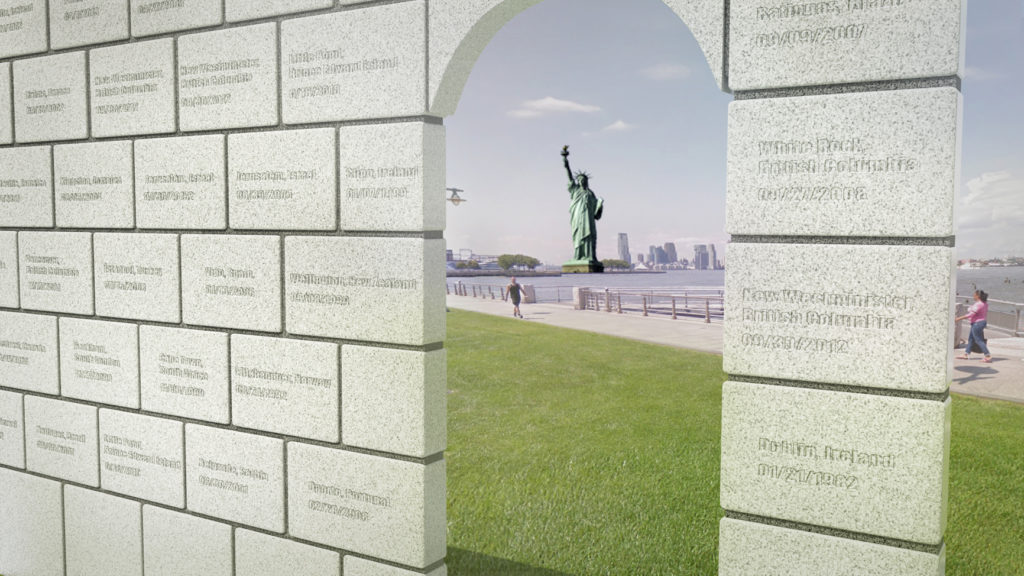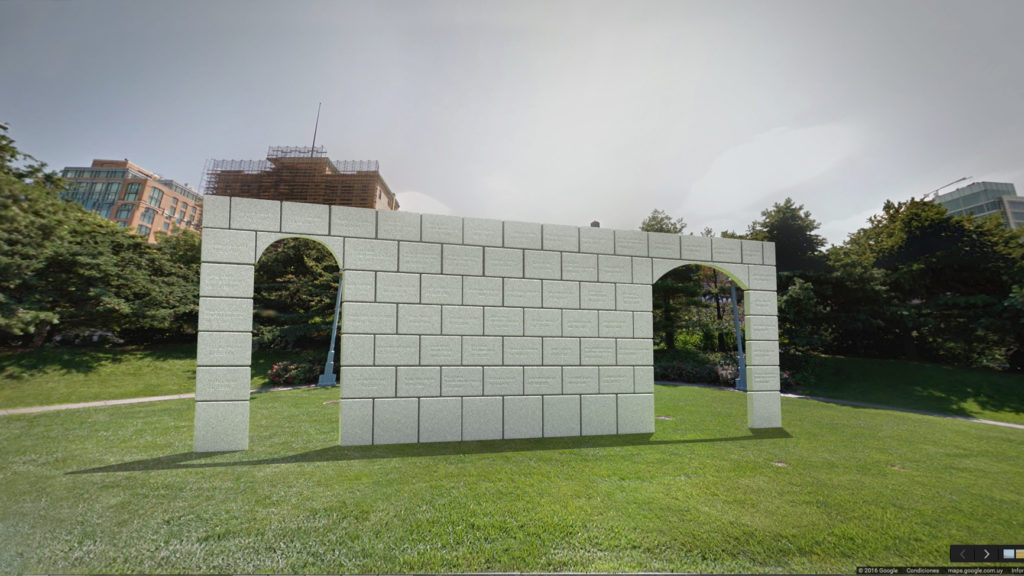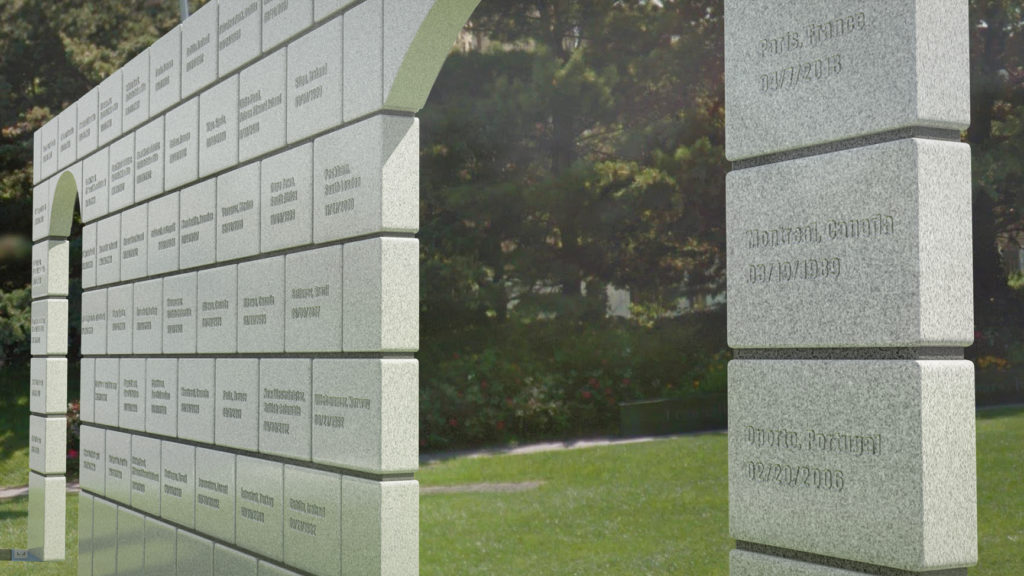On July 16th, 2016, 49 people were killed at the Pulse Nightclub in Orlando Florida in what would be the worst mass shooting in the country to date. The shooter claimed allegiance to the Islamic State of Syria and the Levant, but the targeted the venue because of the gay clientele. This horrific incidence is just one of a series of violent acts committed against members of the LGBTQA+ community despite gains in rights and recognition since the famous Stonewall riots in 1969.
The Stonewall Inn is symbolic in the American struggle for equal rights for the LGBT community. During the 1960s – at a time when practicing homosexuality was a crime in the state of New York – the club was a focal point for the underground LGBTQA+ scene, in the early morning hours of Saturday, June 28, 1969, police led a raid at the Stonewall Inn, a bar located in Greenwich Village on Manhattan’s west side. It wasn’t uncommon for police to lead raids there and in other LGBT-friendly areas, arresting and harassing the customers. But this time, unsuspectingly, patrons fought back. Crowds of bystanders outside the bar observed the struggles with increasing agitation, and eventually joined in as well, throwing coins, stones, and bottles at the officers. When the police were forced to retreat into the bar, patrons even tried to set it on fire. This uprising set into motion five more consecutive nights of protests and further activism, and from there, the riots had a significant impact. The beginning of LGBT activism in the U.S., and within a short time, the first LGBT pride parade took place in 1970, and in a few years, advocacy groups had formed in almost every major city in the United States.
Governor Andrew Cuomo setup an LGBT Memorial Commission and held an open call for art submissions. The chosen installation would be erected in Hudson River park to honor those killed at the Pulse Nightclub.
Tarrant’s submission for the memorial honored, but also brings awareness to the continued fight the LGBT community still has in front of them. The design entailed an actual stonewall, an exact scaled replica of the façade of the Stonewall Inn, to honor the significant impact the Stonewall riots had in raising awareness for equal rights for the LGBT community. But also the struggles the LGBT community still faces. The stones would be “pillow blocks” similar to those found at the foundation of older banks and government buildings downtown to symbolize institutionalized anti-gay policies prevalent in America before and after the Stonewall riots. Each stone on the wall will represent a victim of homophobic violence from around the world. The stone wall will represent all victims of hate, intolerance and violence in the LGBT community. The arches give one a view of the Statue of Liberty and all the hope and promise it symbolizes.



